
Unusually fresh waters have impacted everything from algal blooms to fish distributions, oyster mortality and disease prevalence, the conduct of lab experiments, and the incidence of low-oxygen dead zones.

Unusually fresh waters have impacted everything from algal blooms to fish distributions, oyster mortality and disease prevalence, the conduct of lab experiments, and the incidence of low-oxygen dead zones.
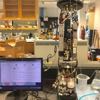
Local philanthropists Harry and Judy Wason fund purchase of an Imaging FlowCytobot to help Dr. Juliette Smith's research team detect harmful algal blooms in Chesapeake Bay.

Public and private funding is helping VIMS researchers redouble their efforts to better understand and manage potentially harmful algal blooms in Chesapeake Bay and coastal waters around the U.S.
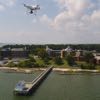
Provide ‘eyes in the sky’ to guide collection of water samples with much greater efficiency and lower cost.
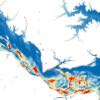
Researchers at VIMS, NASA, and NOAA are using the latest in satellite technology to better track algal blooms in Chesapeake Bay.
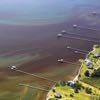
VIMS researchers join with colleagues at VIMS and elsewhere to apply new tools and techniques to the challenging study of harmful algal blooms.

Dr. Juliette Smith’s research focuses on one of the most complex and pressing issues in aquatic science—and she wouldn’t HAB it any other way.

VIMS researchers continue to monitor a large bloom of Alexandrium monilatum in the lower York River and blooms of Cochlodinium and other species throughout the lower Bay.
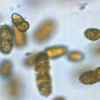
Algal blooms have appeared in Chesapeake Bay several weeks later this year than last, likely due to this summer’s cooler temperatures.

VIMS researchers continue to monitor a large but patchy bloom of Alexandrium monilatum in the York River near VIMS.

High-resolution aerial photographs taken by VIMS professor Kim Reece show the broad extent of the algal blooms currently discoloring lower Chesapeake Bay.